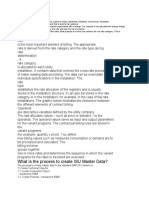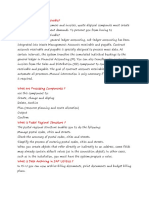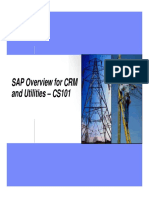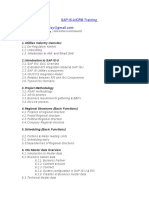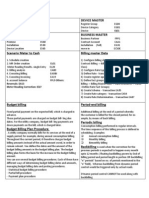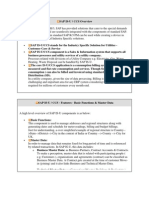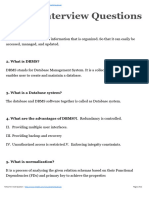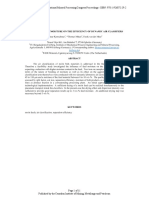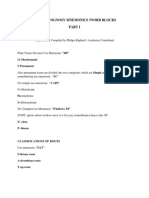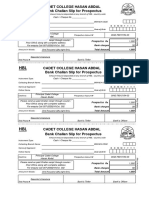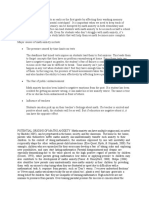0% found this document useful (0 votes)
73 views13 pagesSAP ISU Basics For Interview
The document outlines the functionalities and terminology related to the SAP ISU (Industry Solution for Utilities), covering various utility sectors such as electricity, natural gas, and water. It details key components like Business Partners, Contract Accounts, and installations, along with the Meter to Cash process which includes meter reading, billing, invoicing, and payment collection. Additionally, it provides transaction codes for managing these processes within the SAP ISU system.
Uploaded by
Rupasree MunireddyCopyright
© © All Rights Reserved
We take content rights seriously. If you suspect this is your content, claim it here.
Available Formats
Download as DOCX, PDF, TXT or read online on Scribd
0% found this document useful (0 votes)
73 views13 pagesSAP ISU Basics For Interview
The document outlines the functionalities and terminology related to the SAP ISU (Industry Solution for Utilities), covering various utility sectors such as electricity, natural gas, and water. It details key components like Business Partners, Contract Accounts, and installations, along with the Meter to Cash process which includes meter reading, billing, invoicing, and payment collection. Additionally, it provides transaction codes for managing these processes within the SAP ISU system.
Uploaded by
Rupasree MunireddyCopyright
© © All Rights Reserved
We take content rights seriously. If you suspect this is your content, claim it here.
Available Formats
Download as DOCX, PDF, TXT or read online on Scribd
/ 13

